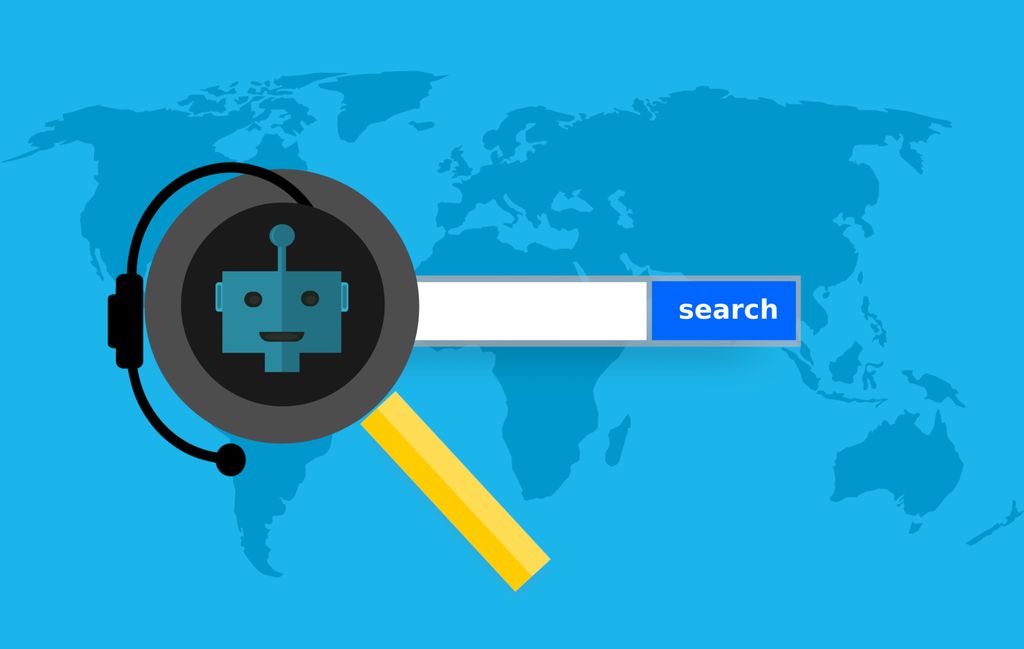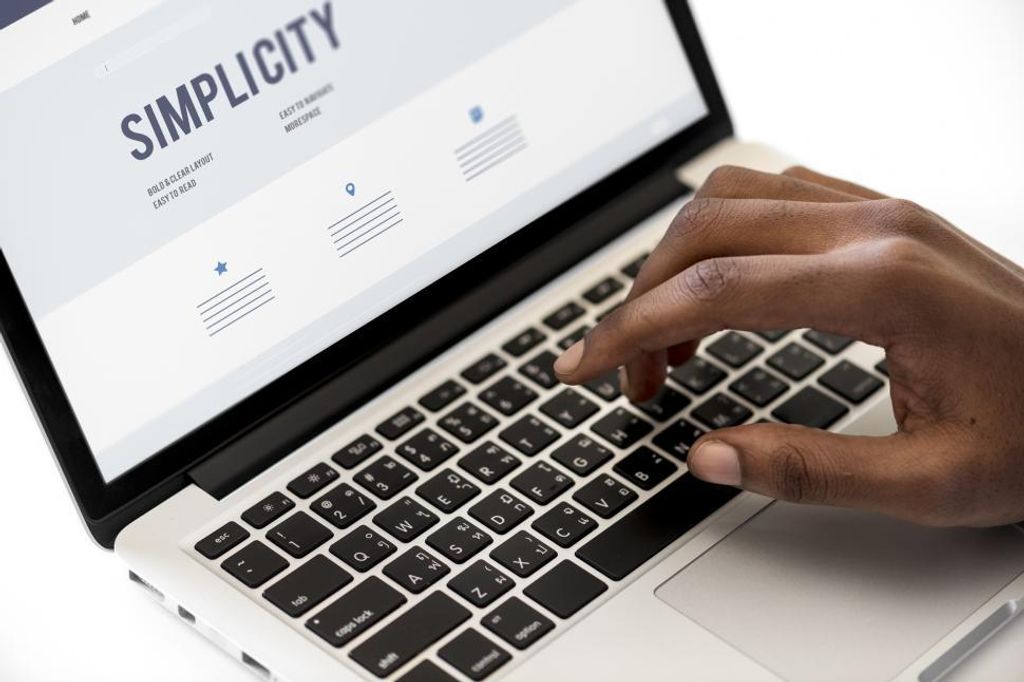
In today's digital age, email has become an essential tool for researchers to communicate and collaborate with colleagues, collaborators, and peers. However, managing email can often be overwhelming and time-consuming, leading to a decrease in productivity. This article explores the challenges faced by researchers when it comes to email productivity and provides effective strategies to boost efficiency. By implementing these strategies, researchers can optimize their email communication, streamline collaboration, and maintain focus on their research goals.

Managing email overload can be a daunting task for researchers. With the constant influx of emails, it's important to implement strategies to stay organized and focused. Here are some tips to help manage email overload:
Tip: Prioritize your emails based on urgency and importance to ensure you're focusing on the most critical tasks.
Remember, your emails are your business. Don't let email overload hinder your productivity and efficiency.
Spam and unwanted emails can significantly disrupt a researcher's workflow, leading to wasted time and a cluttered inbox. One effective method to combat this issue is the use of email filters. By setting up filters, researchers can automatically sort incoming emails based on specific criteria, such as sender, subject keywords, or even content patterns.
Identifying common characteristics of spam and unwanted emails is crucial for creating effective filters. For instance, emails from unknown senders that contain phrases like 'urgent' or 'offer' can be flagged and moved to a separate folder for review.
Tip: Be cautious when unsubscribing from suspicious emails, as this can sometimes confirm to spammers that your email address is active. Instead, use your email client's 'block' or 'report spam' feature to handle these messages.
When it comes to organizing and prioritizing emails, there are several strategies that can help researchers stay on top of their inbox. One effective approach is to implement email filters and rules. By setting up filters based on specific criteria, such as sender, subject, or keywords, researchers can automatically categorize incoming emails and ensure that important messages are easily accessible. Another useful technique is to utilize email folders or labels to create a hierarchical structure for organizing emails. This allows researchers to quickly locate and prioritize emails based on their importance or urgency.

Setting clear email goals is essential for improving productivity and efficiency. By defining specific objectives for your email communication, you can prioritize your tasks and focus on what matters most. Here are some key considerations when setting clear email goals:
By setting clear email goals, you can streamline your email workflow and enhance your overall productivity.
Implementing email filters and rules is an effective way to manage and organize your inbox. By creating filters based on specific criteria, such as sender, subject, or keywords, you can automatically categorize and prioritize incoming emails. This helps you focus on the most important messages and reduces the time spent on sorting through irrelevant ones. Additionally, setting up rules allows you to automate certain actions, such as forwarding emails to specific folders or marking them as read. By streamlining your email management process, you can save valuable time and improve your overall productivity.
Email templates and canned responses are powerful tools that can significantly improve researcher email productivity. These features allow researchers to save time by creating pre-written email templates for common types of emails they frequently send. By using email templates, researchers can quickly respond to common inquiries or requests without having to type out the same response every time.
Additionally, email templates can help ensure consistency and accuracy in email communication. Researchers can create templates for specific types of emails, such as conference invitations or manuscript submission acknowledgments, and customize them as needed. This helps maintain a professional and organized approach to email communication.
In addition to email templates, researchers can also utilize canned responses. Canned responses are pre-written responses that can be easily inserted into an email with just a few clicks. These responses can be used for frequently asked questions, standard requests, or other common scenarios. By using canned responses, researchers can save time and effort, allowing them to focus on more critical tasks.
To make the most of email templates and canned responses, researchers should regularly review and update their templates to ensure they remain relevant and effective. It's also essential to personalize the templates when necessary to maintain a human touch in email communication.
Email productivity tools can greatly enhance a researcher's efficiency and organization. These tools offer various features and functionalities that streamline email management and communication. One such tool is Gmail's built-in unsubscribe feature, which allows users to easily unsubscribe from unwanted emails with just one click. This feature is particularly useful for reducing email overload and maintaining a clean and organized inbox. Additionally, researchers can benefit from using filters and labels to automatically categorize and prioritize incoming emails based on specific criteria. By implementing these tools, researchers can save time and focus on more important tasks.

Establishing email etiquette guidelines is essential for maintaining clear and effective communication within a research collaboration. By setting expectations and guidelines for email communication, researchers can ensure that messages are concise, professional, and relevant. Here are some key considerations for establishing email etiquette guidelines:
Streamlining email communication channels is crucial for efficient collaboration and productivity. By implementing the following strategies, researchers can optimize their email communication:
Utilize a centralized email platform: Using a centralized email platform, such as Microsoft Outlook or Google Workspace, allows for seamless collaboration and easy access to shared emails and attachments.
Create dedicated email folders: Organizing emails into dedicated folders based on projects, collaborators, or priority levels can help researchers quickly locate and respond to important messages.
Implement email tags and labels: Utilizing email tags and labels can further enhance organization and enable researchers to filter and search for specific types of emails.
Tip: Regularly review and update email filters and labels to ensure they align with current research projects and priorities.
Establish clear email communication guidelines: Setting clear expectations for email response times, subject line conventions, and email etiquette can streamline communication and reduce misunderstandings.
Utilize email threading: Email threading allows researchers to view email conversations as a single thread, making it easier to follow the flow of discussions and track progress.
Encourage the use of alternative communication channels: For quick and informal discussions, researchers can utilize instant messaging platforms or project management tools to reduce email overload.
Tip: Reserve email communication for more formal or lengthy discussions that require documentation and referenceability.
Collaborating with fellow researchers via email can be a powerful tool for efficient communication and seamless collaboration. By following some best practices, researchers can optimize their email communication and enhance their productivity.

Minimizing email notifications is crucial for maintaining focus and productivity. Constant email notifications can be a major source of distraction, interrupting your workflow and causing you to lose valuable time. To minimize email notifications, consider the following strategies:
Scheduling dedicated email time can greatly improve researcher email productivity. By setting aside specific blocks of time each day to focus solely on email tasks, researchers can avoid constant interruptions and distractions. During this dedicated email time, researchers should prioritize important emails, respond to urgent messages, and organize their inbox. By dedicating uninterrupted time to email management, researchers can efficiently process their emails and stay on top of their communication.
Implementing the Inbox Zero methodology can greatly improve researcher email productivity. This approach involves keeping your inbox empty or close to empty by processing emails as they come in and taking immediate action. Here are some steps to help you implement the Inbox Zero methodology:
Set up email filters and rules: Create filters and rules to automatically sort incoming emails into specific folders or labels based on criteria such as sender, subject, or keywords. This can help you prioritize and organize your emails.
Use email templates and canned responses: Save time by creating templates or canned responses for common email inquiries or requests. This allows you to quickly respond to similar emails without having to type the same response repeatedly.
Schedule dedicated email time: Instead of constantly checking your email throughout the day, set aside specific blocks of time to focus solely on email management. This helps minimize distractions and allows you to dedicate uninterrupted time to process and respond to emails.
Tip: Avoid checking your email first thing in the morning to prevent it from becoming a time-consuming distraction.
Implementing these strategies can help you maintain a clutter-free inbox and improve your overall email productivity.
In conclusion, boosting researcher email productivity is crucial for efficient communication and collaboration in the academic community. By implementing strategies such as email organization, automated responses, and prioritization techniques, researchers can save time and focus on their core work. Additionally, utilizing tools like email filters and email templates can further streamline the email management process. Overall, improving email productivity can lead to increased efficiency, reduced stress, and enhanced research outcomes.
To manage email overload, researchers can utilize email filters and rules to automatically sort and prioritize incoming emails. They can also set clear email goals and establish dedicated email time to ensure efficient email management.
To deal with spam and unwanted emails, researchers can enable spam filters provided by their email service providers. They can also regularly unsubscribe from unwanted mailing lists and report spam emails to improve the effectiveness of the filters.
Researchers can effectively organize and prioritize their emails by creating folders or labels to categorize different types of emails. They can also utilize email productivity tools that offer features like email snoozing, reminders, and priority flags.
Setting clear email goals helps researchers stay focused and prioritize their email tasks. It allows them to allocate specific time for important emails, reducing the chances of missing critical information or deadlines.
Email filters and rules can automatically sort incoming emails into specific folders or apply labels based on predefined criteria. This saves researchers time and helps them quickly identify and address important emails.
Email templates and canned responses are pre-written email messages that researchers can use to respond to common inquiries or requests. By using these templates, researchers can save time and ensure consistent and efficient communication.